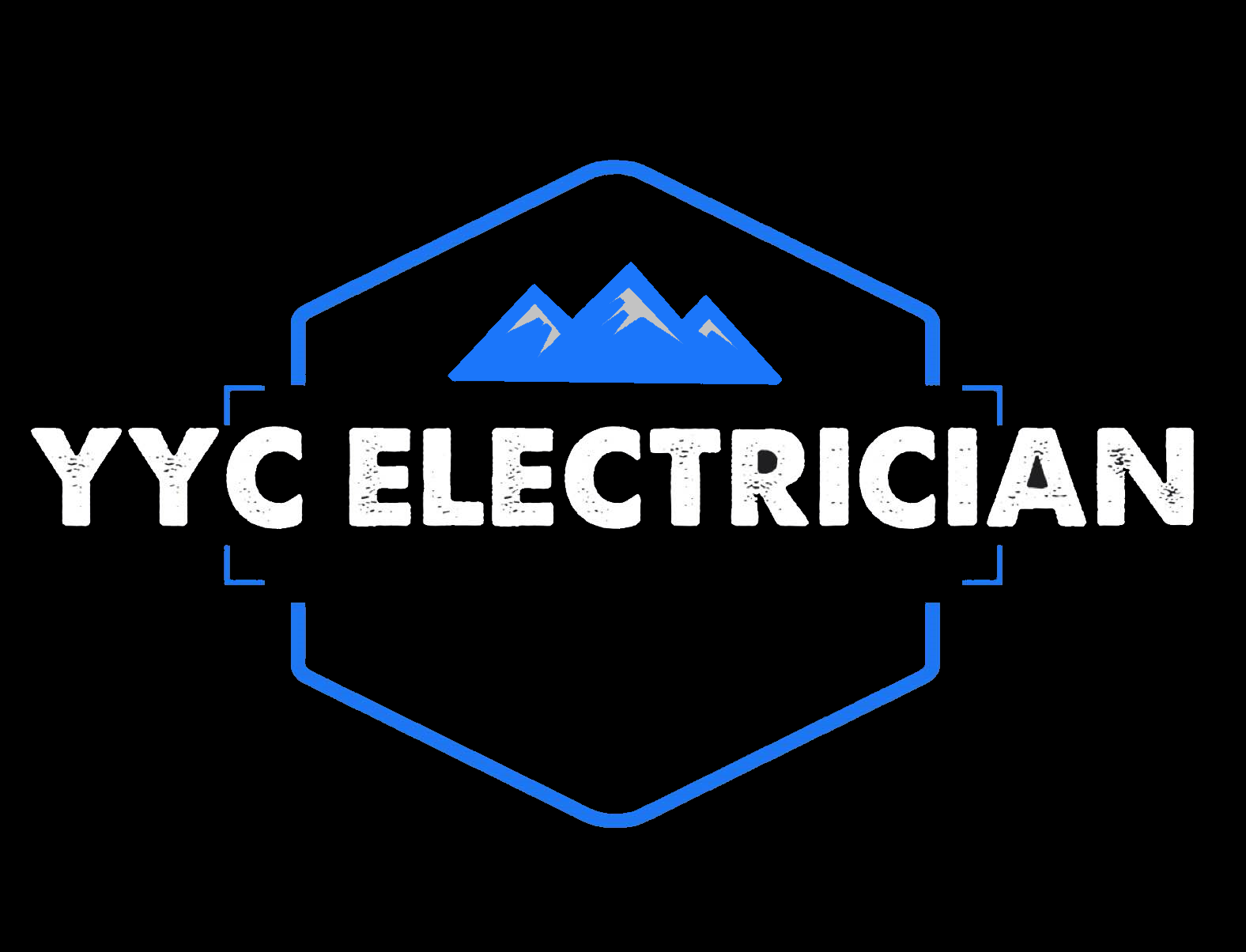Calgary Electrician Blogs
Pot Lights, Can lights and Recessed Lights continued....
Downlights for Every Budget and Application.
Downlights can range from $75 to over $750. To choose wisely, understand lumens, ceiling brightness, beam spread, tilt, and color options.
Outdoor Use
Damp- or wet-rated adjustable downlights are ideal for outdoor spaces, illuminating areas like bar tops and highlighting architectural features.
Where to Use Downlights
Downlights aren’t ideal for closets or garages but work well in kitchens, living rooms, bedrooms, and hallways. Position them to highlight countertops, art, fireplaces, and other features.
Understanding Light Output
Forget watts; lumens measure light output. Fixtures with 800-1000 lumens suit most rooms, while taller ceilings may need 1200-2000 lumens. Some fixtures offer adjustable lumen settings.
Key Features to Consider
- Ceiling Brightness: Low-glare fixtures create a “quiet ceiling” that focuses attention on the room, not the light source.
- Beam Spread: Adjustable optics let you control how wide or narrow the light beam is.
- Color Options: Modern fixtures offer warm-dimming, tunable-white, and full-color capabilities. Warm-dimming is a popular baseline.
- Tilt: Adjustable downlights can tilt to highlight art, fireplaces, and other features, with 30° tilt common in high-quality fixtures.
Fixture Quality and Repairability
Choose fixtures with modular, replaceable components like drivers to ensure longevity.
Terminology
- CRI (Color Rendering Index): Measures how accurately colors appear under the light (0-100 scale).
- Optics: Components controlling light spread and direction.
- Regress: How far the bulb sits inside the fixture, affecting glare and ceiling brightness.
Recommendations
Overall, downlights are versatile tools with strengths and weaknesses; choosing the right one depends on your specific needs and budget. Doing a little research on how reliable the make and models you’re looking for can go a long way as like anything else, not all downlights are made with the same quality in mind.
Electrical permits in Calgary and when do you need one.....
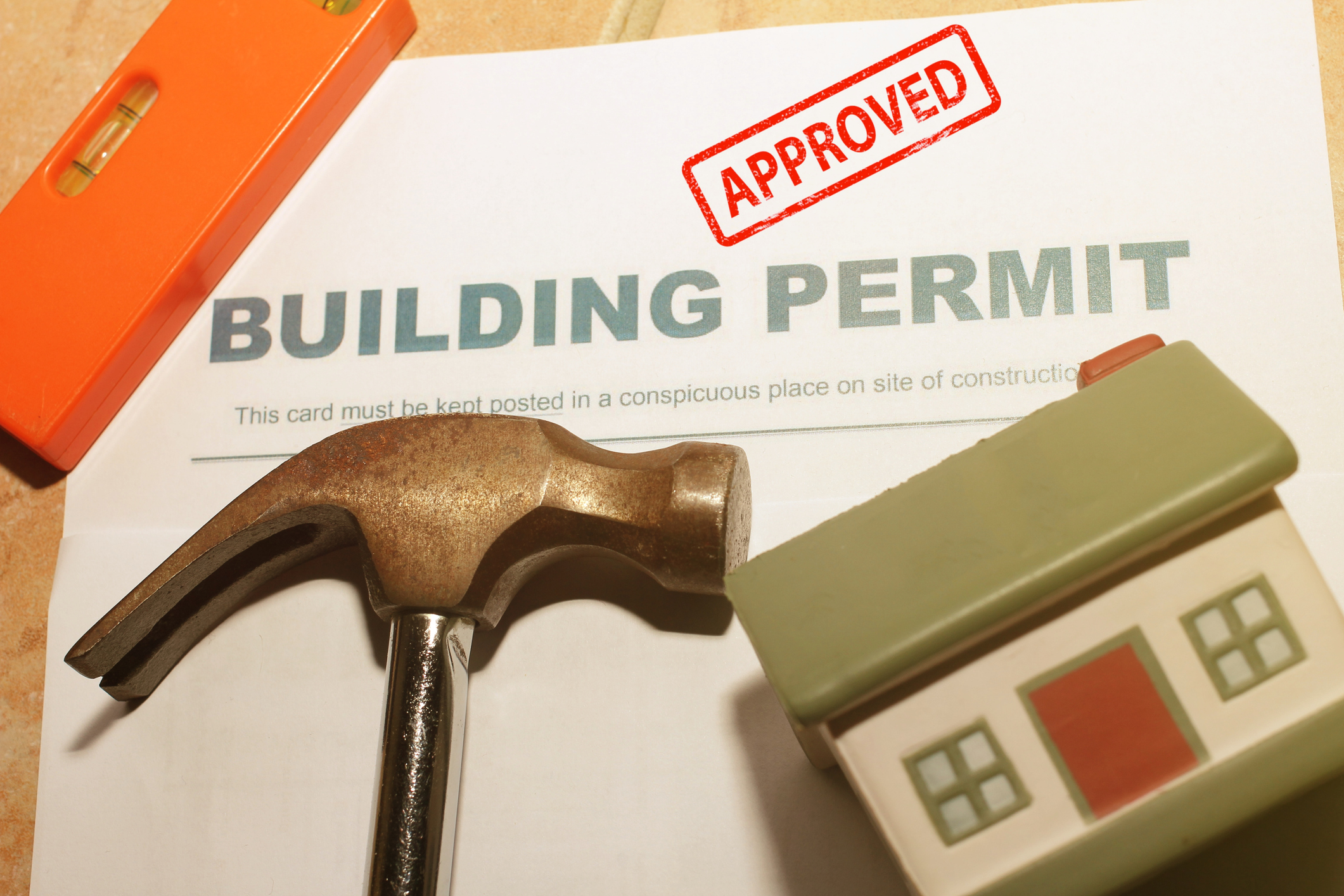
When undertaking construction or renovation projects in your area, it’s crucial to understand that local codes dictate what is allowed. For detailed information, consult a city planner or visit your local building department’s website. Here are some key points regarding building permits that apply in most regions including The City of Calgary:
1. Permit Requirements: Permits are mandatory for all new constructions and most renovations that involve changes to structural, mechanical (HVAC), electrical, or plumbing systems. Inspections are required at various stages or upon completion of the work.
2. Separate Permits Needed: Typically, a separate permit is required for each system that is altered.
3. Permit Issuance: The individual conducting the work—whether a contractor or a homeowner—must obtain the necessary permits.
4. Display of Permits: Permits must be prominently displayed on the job site for inspection purposes.
When Permits are Required: Generally, any renovation that alters the structure or modifies electrical, plumbing, or HVAC systems requires a permit. Specific situations that require a permit include:
– Adding or removing walls
– Finishing previously uninhabitable spaces (like basements, garages, or attics)
– Adding bathroom or kitchen fixtures both plumbing and electrical
– Creating or enlarging openings in exterior walls, such as doors or windows
– Installing new electrical outlets and fixtures, adding new electrical wiring and plumbing pipes, gas lines, etc.
When Permits are Not Needed: Most cosmetic repairs or replacements that don’t involve significant alterations do not require a permit. Examples include:
– Replacing a broken electrical receptacle
– Replacing a toilet or sink
– Retiling a shower
– Installing portable appliances like washing machines or refrigerators
– Changing a doorbell
Safety Considerations: Some installations mandate a permit for safety reasons. For instance:
– Installing or replacing a water heater requires a permit to ensure the correct installation of the temperature and pressure relief (TPR) valve, preventing potential explosions.
– Any work involving gas appliances, lines, or vents necessitates a permit.
– Modifications to vented heating or cooling systems—such as furnaces, woodstoves, gas ranges, and bath fans—also require permits.
– Permits may be needed for repairs or replacements involving GFCI-protected outlets as these are critical components to the protection of persons and property.
By adhering to these guidelines, you can ensure that your construction or renovation project complies with local regulations and maintains the highest safety standards.
Click on the image above or anywhere on this drop down blog to be taken to the City of Calgary permit page.
Electrical mistakes and misconceptions
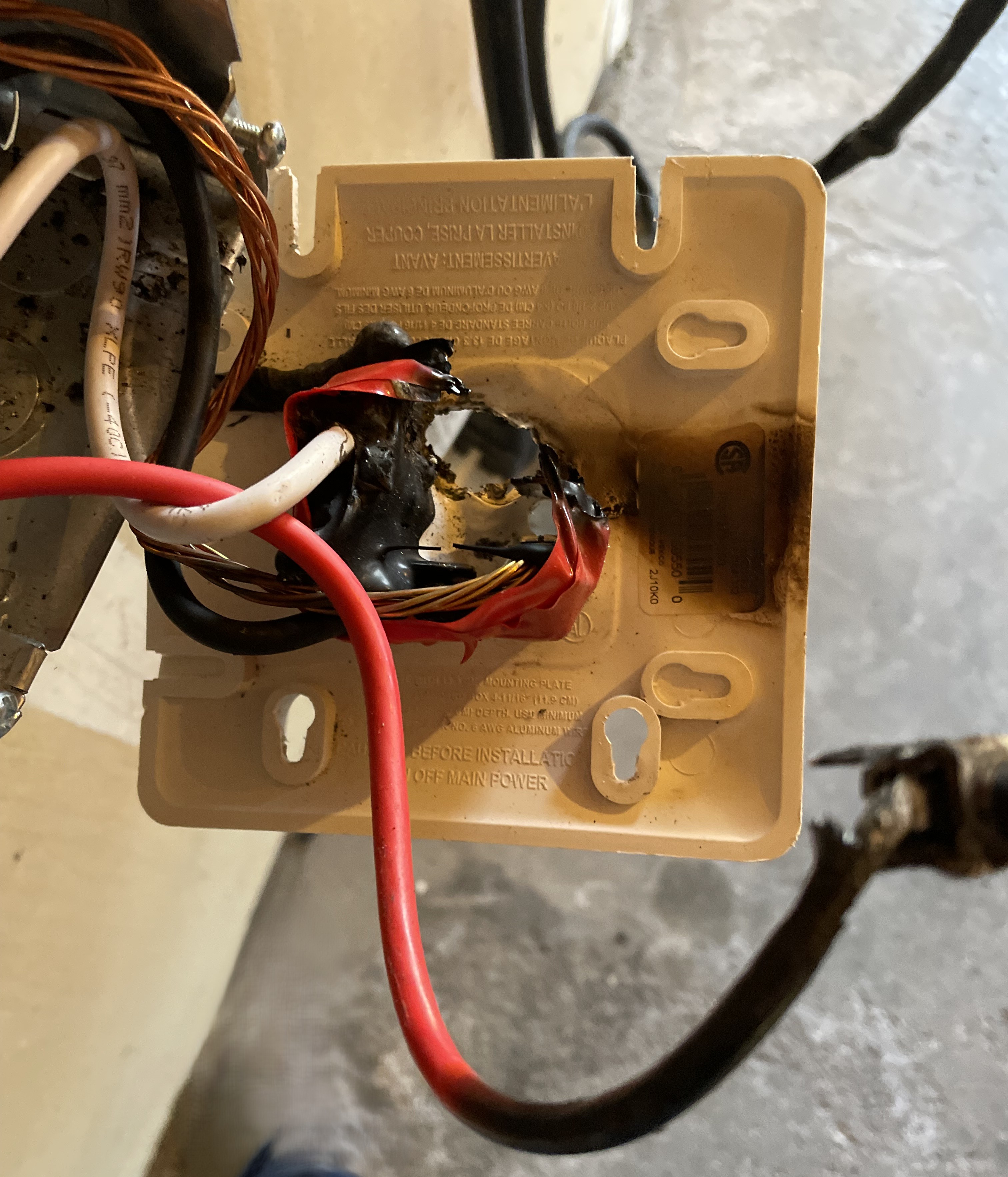
(In the above photo: we took A service call where an electric vehicle charger was plugged into a receptacle that wasn’t rated for overnight charging and the breaker wasnt the correct amperage rating causing the breaker to stay on and not trip meanwhile leading to a melted receptacle)
Misconception # 1: Some Reno’s Don’t Need Permits
Most electrical upgrades, including basement finishes and kitchen remodels, require permits and inspections to ensure safety. Skipping permits can lead to fines, power shutoffs, and unsafe work. The can also cause your insurance company to deny a claim based on what they come across when doing a site assesment.
#2: New Fixtures Are Always Safer
Modern fixtures may require wiring rated for higher temperatures. LEDs can get hot and may not be compatible with older wiring, increasing fire risk. Check fixture labels and wiring compatibility.
# 3: A New Panel includes New Wiring
Replacing a panel or switches doesn’t guarantee all wiring is updated. Hidden old wiring often remains, posing risks. Always verify permits and inspections for recent work.
#4: Adding breakers means the Panel’s Replaced
If the panel is in good condition, adding a subpanel can provide more circuit spaces without replacing the main panel. Major upgrades or additions may require a new service.
#5: You’re protected from lightning if the home is correctly wired
Grounding electrodes and bonding conductors help dissipate lightning energy, but they don’t guarantee protection. A nearby strike can still fry appliances, melt wiring, and even spark fires.
Standard circuit breakers aren’t designed to stop lightning—they trip on overcurrent, not overvoltage. GFCI and AFCI breakers respond to faults and arcs, but all three types can be damaged by lightning before they react.
The fix? Install a whole-house surge protective device (SPD). It’s now required by the 2023 NEC in the united states, but many homes built under older codes lack this safeguard. A Surge protection device can prevent thousands in damage—especially to critical systems like HVAC or well pumps.
we’ve used Surge protection devices for years and recommend them to every homeowner. Not all electricians suggest them, but we think they should in locations where there’s alot of repeated lightning strikes.
#6: infill/modern homes are less likely to have an electrical issues
Reality: Lithium-ion batteries in personal mobility devices—like e-bikes, scooters, and hoverboards—have become a leading cause of house fires, even in newer homes. These fires can be intense, fast-moving, and sometimes fatal.
The risk spikes when devices lack third-party safety certification. hoverboards skateboards and e-bikes are covered by regulatory bodies that oversee testing and certificatoin. But many products skip this testing, and rough use—collisions, drops, stunts—can damage internal battery components, triggering self-ignition.
Another reason for more house fires in newer homes is the speed at which they’re being built and the attention to detail and quality. it use to be that older homes were the majority of our service calls but in recent years with all the infloor heating, radiant heating and modern day luxuries that come with a new infill there’s more to go wrong. when you factor in the speed at which all of these installations are being completed and the less care involved, we see more service calls from newer homes than from your 1950’s/60’s bungalow.
Best practice: Buy CSA/ULC-certified devices from reputable brands, and store and charge them in a fire-separated garage or outbuilding—not inside your home.
#7: Romex or Loomex Is allowed Outdoors If mechanically Protected or protected by location
NMD90 cable (Romex/LOOMEX) isn’t rated for UV or moisture exposure. Even inside sealed conduit, it’s vulnerable to water buildup and humidity.
#8: Upgrads are easy with exerior mounted conduit
Reality: Running PVC conduit outside can avoid tearing into walls, but it’s not a simple plug-and-play solution. Plastic conduit expands in heat and contracts in cold—over ¼ inch of movement can expose or dislodge wires.
Safe installs require calculating conduit length, factoring in temperature swings, and using expansion fittings or strategic bends. A good electrician will design the run to handle seasonal shifts and keep conductors protected.
Additional Safety Tips and stats
- Replace Electric panels known for unsafe breakers.
- Evaluate aluminum wiring and knob-and-tube wiring for safety.
- Use qualified electricians for inspections and repairs.
- Quality and Time over Speed, you can’t do it fast, even as a professional. Don’t rush into things if you’re doing some electrical work around your own home. Poor electrical work often goes unnoticed until it causes harm. In 2023, over 30,000 residential electrical fires resulted in 235 deaths and $2.0 billion in damages in parts of the united states and canada. Signs like flickering lights, strange noises, or smells from panels or devices should prompt immediate inspection by a qualified electrician.
In the United States:
- Peak year for fatalities: According to the National Fire Code of canada (NFc), the number of home fire deaths peaked around 1980.
- Peak year for injuries: The number of home fire injuries also peaked in 1980.
- Recent trends: In 2023, there were 2,890 estimated home fire deaths, which was 44% lower than the 1980 estimate.
-
IN Canada:
- Peak year for fatalities: 2021 saw a sharp increase in fatalities, with 202 deaths reported, up from 148 in 2019.
- Peak year for fires: 2021 also saw a significant increase in fire incidents.
- In Canada, 2021 saw a significant increase in both residential fires and fatalities during the pandemic, according to Statistics Canada.
Take Advantage of Incentives
If you’re not comfortable doing electrical work on your own, you should hire an electrician. often times a short site assessment will answer alot of the questions you have regarding the state of your electrical system. they can walk through your house and give you an idea of what can be done, what constraints you’re working with in the home and if there are incentives available to lessen the financial burden.
Weather preparedness and the effect it has on electrical systems in Calgary
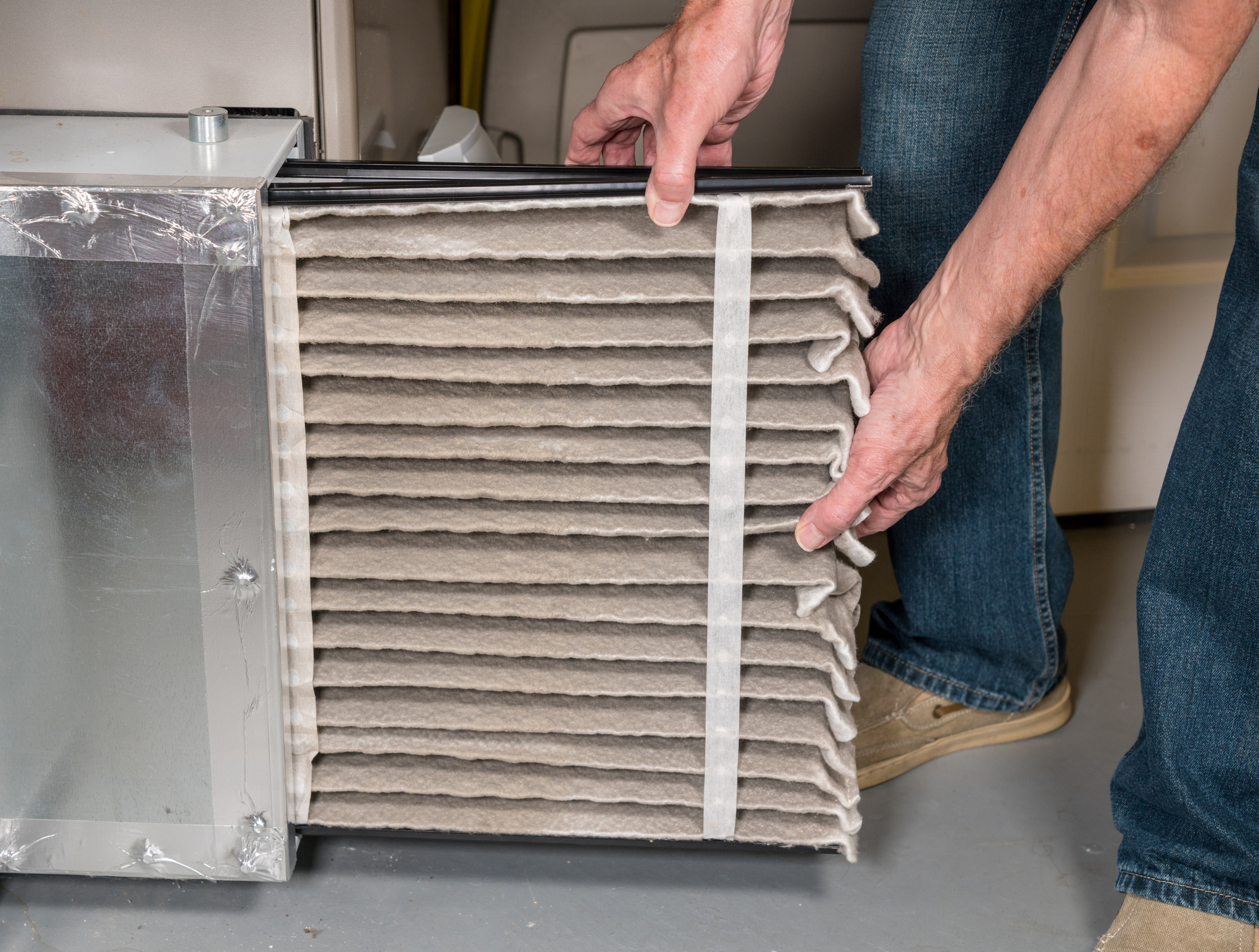
As the seasons shift, so do our electrical needs as Calgary weather changes. From keeping the house warm during the winter months to cooling during the summer. Understanding the role our electrical installations play with regards to Calgary’s weather can lead to enhanced safety, efficiency, and comfort. Weather influences the performance and requirements of our electrical system.
Understanding and monitoring Calgary weather Patterns allows you to maximize the time at which you turn on either your heating system in the winter or cooling system in the summer. Whether Calgary experiences humid July’s from lots of rain fall, to frigid and dry winters that leave your skin crackiing.
Your air conditioner will ramp up to help keep the house cool throughout a hot summer day. In the winter your furnace will ramp up with natural gas burners and in some cases coupled with a duct mounted humidifier, work to keep your home warm and less dry on a cold winter day.
The best way to optimize home comfort is with a smart home thermostat that monitors the weather in relation to the internal temperature of the house. The smart thermostats will make automatic adjustments based on what temperature/humidity range makes you feel comfortable.
Winter and Summer Preparedness:
It’s important to keep those heating and cooling systems operating efficiently. Much like a car, it doesn’t take much to maintain an air conditioner or the furnace’s performance as the three share some common ground; filters. Checking and replacing the filter in the furnace and clearing out the the fins on the grill of an air conditioner condensor or heat pump allows air to pass through the condensor when the fan pulls air.
If your furnace filter or the fins on your air conditioner/heat pump are caked with dust and debris than it’s going to have a hard time breathing much like the air filter on a car or a jogger trying to run on a smokey smog filled day.
Explore how daylight changes affect natural lighting in the home and suggest energy-efficient lighting options to minimize electricity use.
Lightning in Calgary is thankfully not a year round type of thing. But, in the months of June, July and August with the with the buildup of static electricity in storm clouds a whole home surge protection system being installed can be the difference between having to replace electronic equipment like computers, tv’s and laptops and not having to. Having a whole home surge protector in place guards against electrical damage during storms.
Induction cook tops vs gas
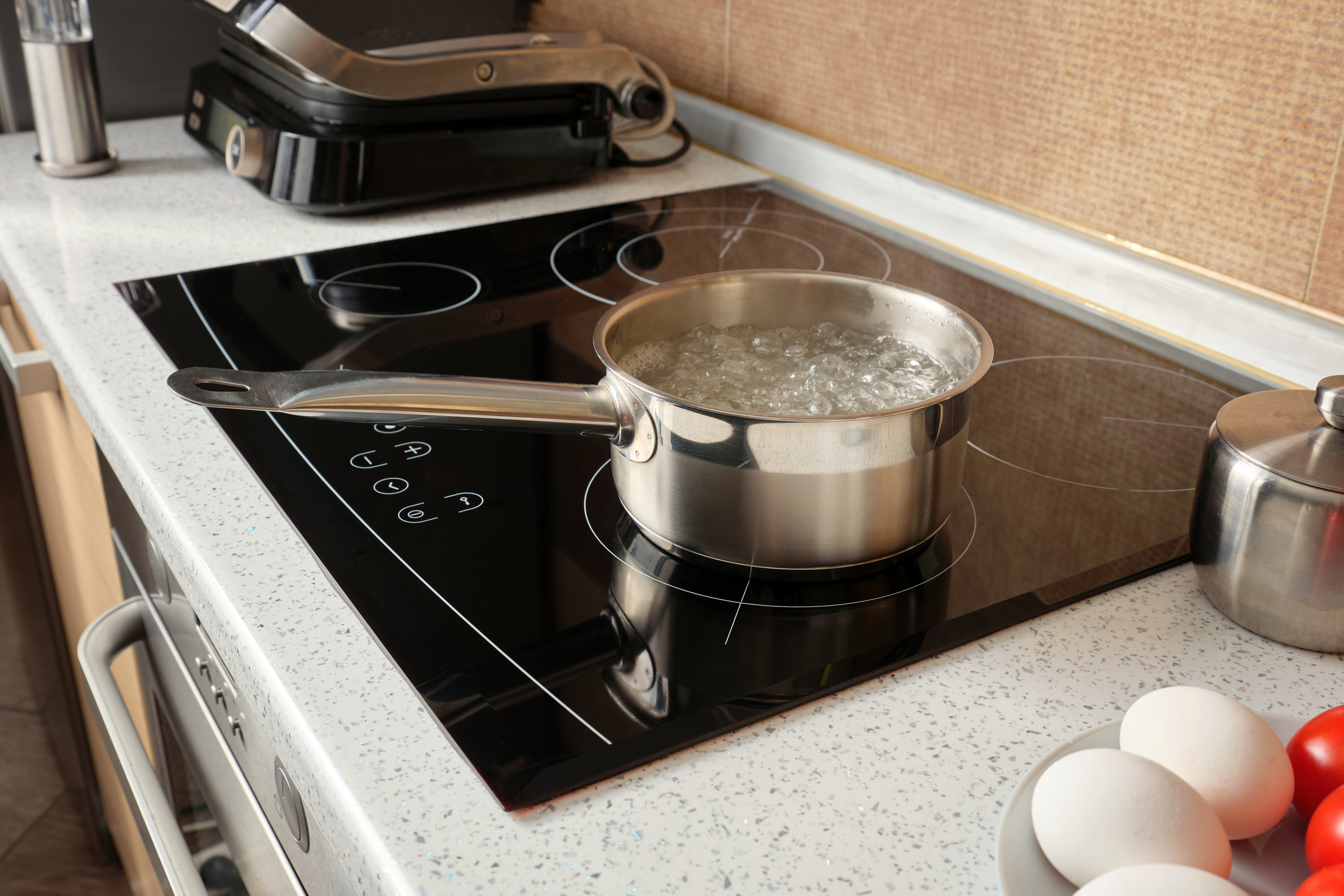
Switching from gas cooktop to induction cooktop
After cooking with an induction cooktop, I’m officially a convert. we first learnt of induction while retrofitting an carriage house for energy efficiency, and it checked all the boxes: no combustion, better indoor air quality, and impressive energy performance—84% efficiency compared to gas’s 40%. plus it’s much safer for children as it’s a non conventional heating method, there’s no flame or electric heating element.
Induction works by creating an electromagnetic field that heats ferrous cookware directly, leaving the glass surface cool. That means faster boil times, precise digital controls (like “6.0 for the first pancake, 5.0 for the rest”), and a sleek, easy-to-clean design.
There are quirks: boil-overs trigger an automatic shutoff and greasy surfaces can block touch controls. And yes, there’s a faint high-pitched buzz at full power. But for us, the trade-offs are worth it.
Induction isn’t cheap, but if you’re ready to upgrade, you might just become a fan like we did.
YYC ELECTRICIAN
We at YYC ELECTRICIAN love the winter scene here in this beautiful city. Admittedly Calgary weather can be tough when the pot lights aren’t working, the dimmer switches aren’t dimming and you need electrical services that can tackle an electric hot water heater, infloor radiant heating and everything else that keeps your day to day operating smoothly. We can get your heating systems back up and running as well as the pot lights. We service electric radiant heat, hydronic heating controls and furnace heating systems. If there are cables and wires than we can tackle it.
Designed by webmaster Mike| Powered by Electricity
